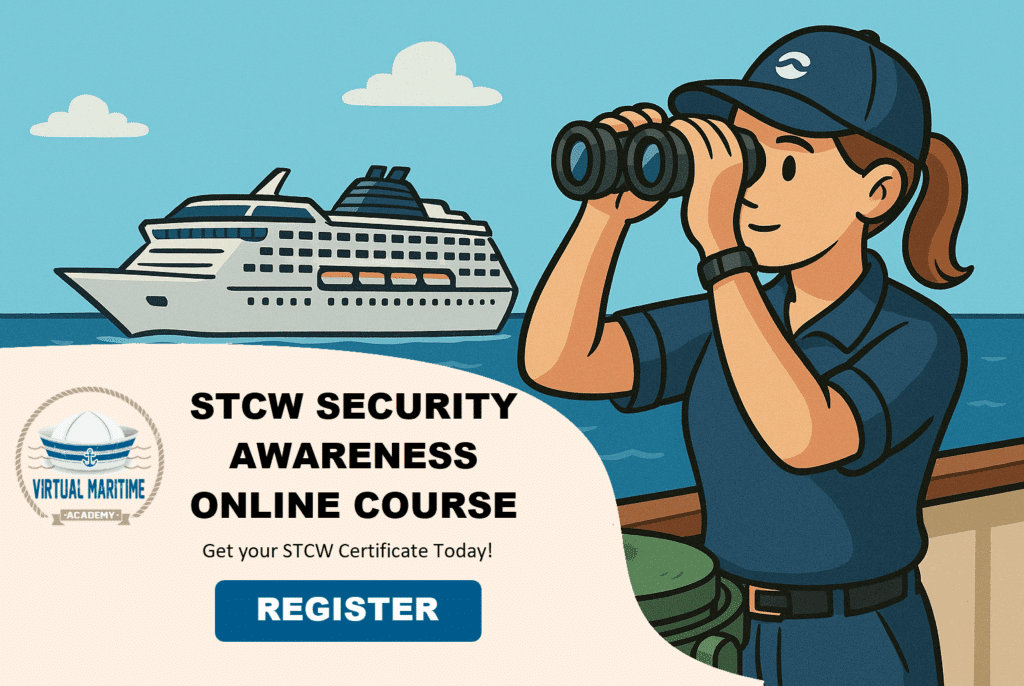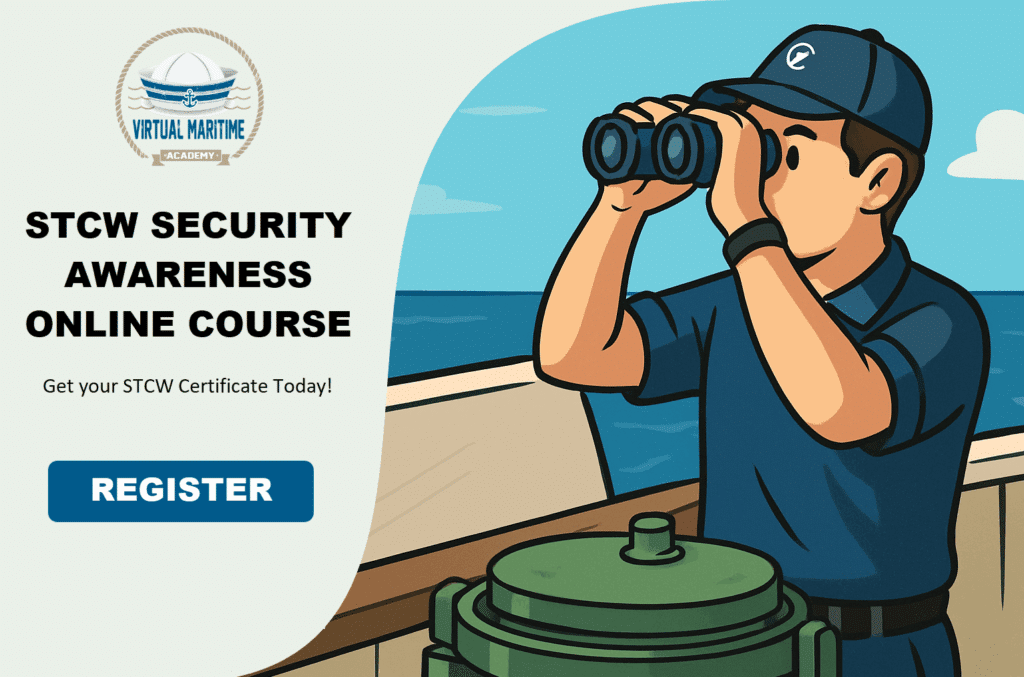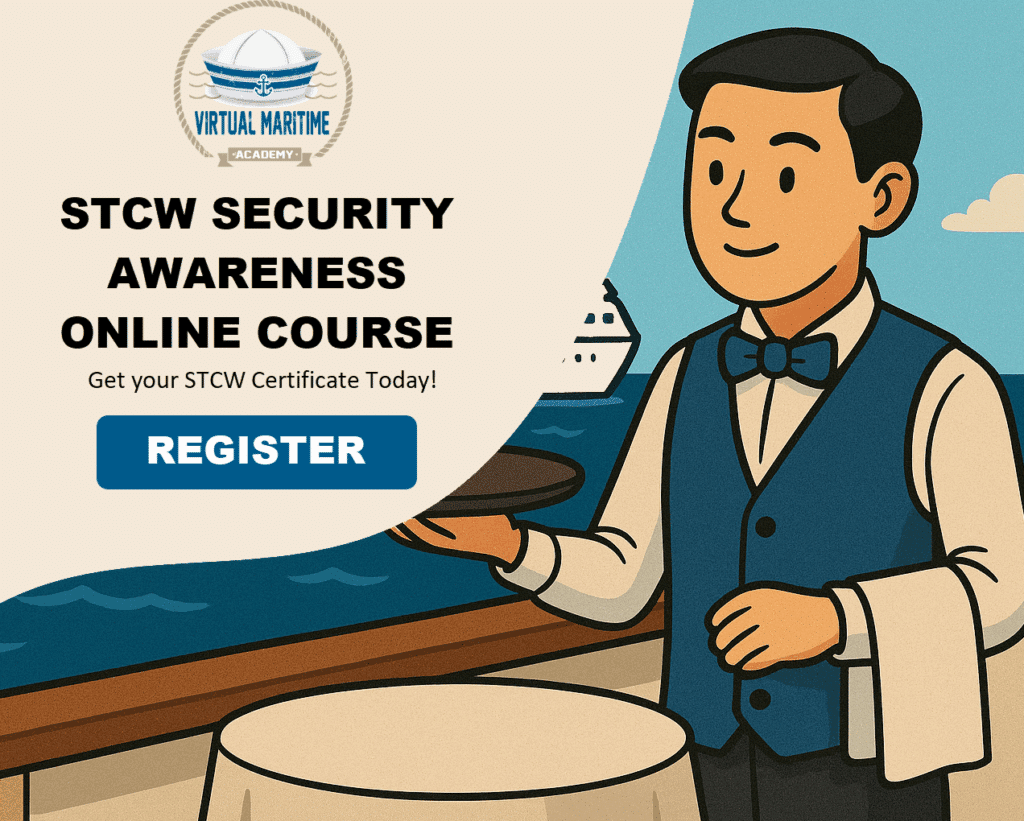Proficiency in security awareness is crucial for individuals and organizations in today’s digital age. With cyber threats becoming increasingly sophisticated and prevalent, understanding and implementing security measures is essential to protect sensitive information and maintain trust. This guide delves into the key aspects of security awareness, offering a comprehensive overview to help cultivate a secure environment.
Understanding Security Awareness
Security awareness refers to the knowledge and behaviors that help individuals recognize and respond to potential security threats. It encompasses a range of practices designed to protect information systems, personal data, and organizational assets from cyber attacks, breaches, and other malicious activities.
The Importance of Security Awareness
Having a strong security awareness culture is vital for several reasons:
- Protection of Sensitive Information: Helps safeguard personal and corporate data from unauthorized access and breaches.
- Compliance and Legal Requirements: Ensures adherence to regulations and standards that mandate specific security measures.
- Risk Mitigation: Reduces the likelihood of cyber attacks and minimizes the impact of security incidents.
- Employee Responsibility: Encourages a shared sense of responsibility among employees to protect organizational assets.
Key Components of Security Awareness
To build proficiency in security awareness, focus on the following components:
Education and Training
Regular education and training programs are essential. These programs should cover topics such as:
- Phishing and Social Engineering Tactics
- Strong Password Practices
- Recognizing Malicious Links and Attachments
- Incident Reporting Procedures
Policy and Compliance
Establish clear security policies that define acceptable use, data handling procedures, and employee responsibilities. Ensure compliance with industry standards and regulations such as GDPR, HIPAA, and PCI-DSS.
Incident Response and Management
Develop and regularly update an incident response plan. This plan should outline steps for identifying, reporting, and mitigating security incidents. Conduct regular drills to ensure preparedness.
Use of Technology and Tools
Leverage security tools such as firewalls, antivirus software, and encryption to protect data. Implement multi-factor authentication (MFA) to enhance access controls.
Developing a Security Awareness Program
Creating a robust security awareness program involves several critical steps:
Assessment and Baseline Measurement
Begin with a thorough assessment of current security practices and awareness levels. Conduct surveys, simulations, and audits to establish a baseline.
Customized Training and Resources
Based on the assessment, develop tailored training programs that address specific vulnerabilities and knowledge gaps. Provide resources such as e-learning modules, webinars, and workshops.
Continuous Learning and Improvement
Security awareness is an ongoing process. Regularly update training materials to reflect the latest threats and best practices. Encourage continuous learning through periodic refresher courses and updates.
Measuring the Effectiveness of Security Awareness
To ensure the success of your security awareness initiatives, it is crucial to measure and evaluate their effectiveness:
- Regular Assessments: Conduct periodic assessments and simulations to test employees’ responses to potential security threats.
- Feedback Mechanisms: Gather feedback from employees to identify areas for improvement and refine training programs accordingly.
- Performance Metrics: Monitor key performance indicators (KPIs) such as incident response times, number of reported incidents, and training completion rates.
Developing proficiency in security awareness requires a comprehensive and ongoing effort. By understanding the fundamental components, implementing effective training programs, and continually assessing and refining practices, individuals and organizations can significantly enhance their security posture and effectively combat evolving cyber threats.











